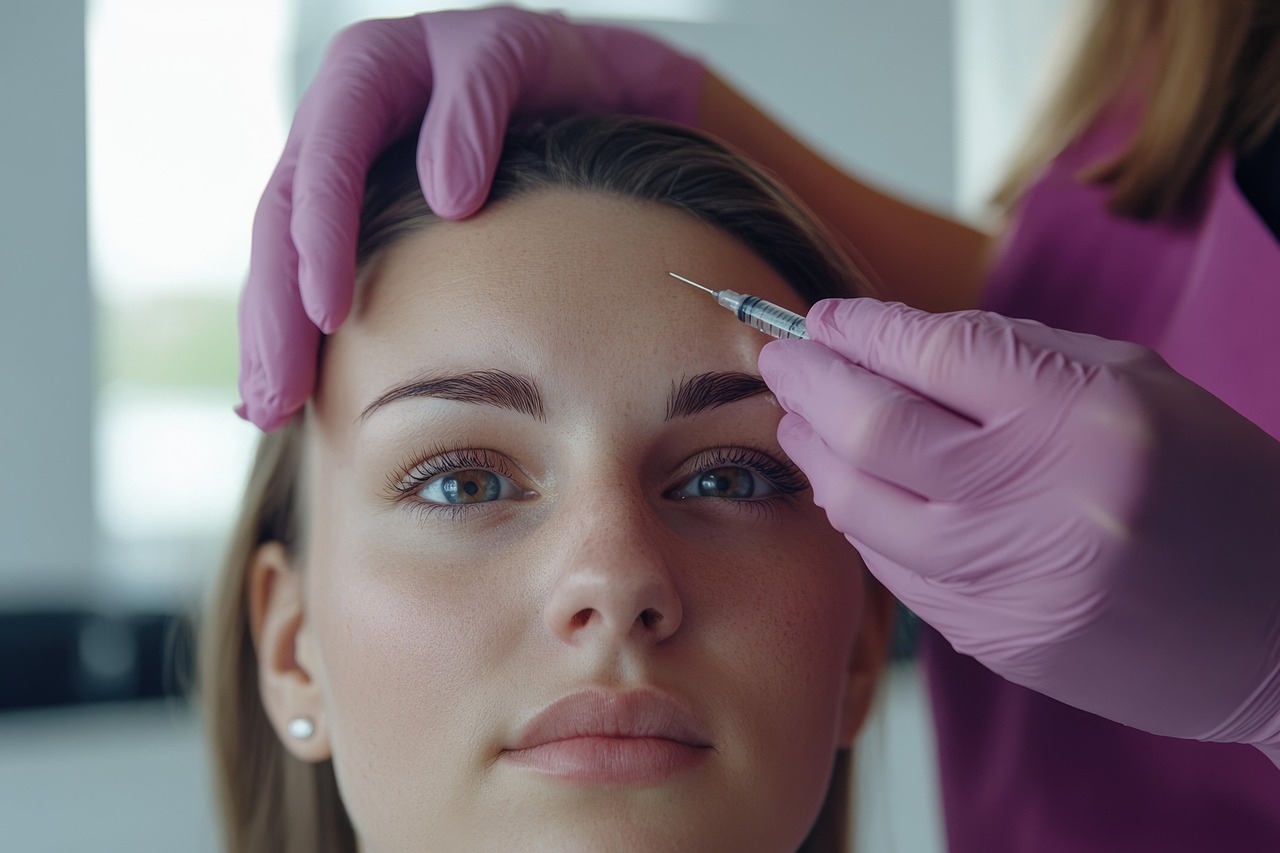Botox Explained: Essential Guide to Cosmetic Injections
Discover how Botox works, where it’s commonly used, and what to expect before, during, and after treatment. This comprehensive guide covers cosmetic and therapeutic uses, typical side effects, pricing ranges, and aftercare tips so you can make an informed decision about Botox injections.

Botox, a widely used injectable derived from botulinum toxin, temporarily relaxes targeted facial muscles to reduce the appearance of wrinkles and fine lines. While many seek it for cosmetic refreshment, Botox also has several medical applications — from treating excessive sweating to easing chronic migraine symptoms. Understanding what areas are treated, how the procedure unfolds, potential side effects, and cost factors will help you choose the right provider and set realistic expectations.
Common treatment areas and applications
Botox is versatile and used for both aesthetic and therapeutic goals. The most frequently treated sites and conditions include:
- Forehead lines that form across the brow
- Frown lines between the eyebrows (glabellar lines)
- Crow’s feet at the outer corners of the eyes
- Vertical neck bands and neck muscle tightening
- Excessive sweating (hyperhidrosis)
- Chronic migraines where injections can reduce frequency and intensity
- Muscle spasms and certain movement disorders
Providers may tailor dosing and injection patterns to individual anatomy and treatment goals, combining areas as needed for a balanced result.
What to expect during the treatment process
A typical Botox appointment is straightforward and often quick:
- Initial consultation and facial assessment: Your provider reviews medical history, discusses goals, and determines if Botox is appropriate. They map the muscles to be treated and set expectations.
- Cleansing and marking: The treatment area is cleaned, and small markings may be made to guide injections.
- Series of small injections: Using a fine needle, several tiny injections are delivered into the targeted muscles. Most sessions take about 10 to 30 minutes depending on the number of areas treated.
- Post-treatment guidance: Providers explain aftercare steps and schedule any recommended follow-up.
You may return to normal activities soon after the session, though results are not immediate. Most people notice improvement within 3 to 7 days; peak effects typically occur around two weeks after treatment.
Safety and side effects to consider
When administered by licensed, experienced clinicians, Botox is regarded as safe. Still, it carries potential side effects, usually temporary and mild. Common reactions include:
- Small bruises or mild swelling at injection sites
- Short-lived discomfort or stinging during injection
- Headache in the hours or days following treatment
- Rarely, temporary eyelid drooping if nearby muscles are affected
- Changes in tear production such as dry eyes or increased tearing
Choosing a qualified provider reduces risks. Discuss any allergies, medications, or neuromuscular conditions during your consultation, and inform your practitioner if you are pregnant or breastfeeding.
Treatment costs and provider considerations
Cost depends on geographic location, provider experience, clinic overhead, and the number of units required. Some clinics charge per unit, others per area, and introductory offers can vary widely. Below is a general pricing guide based on average unit usage and typical cost ranges.
| Treatment Area | Average Units Required | Typical Cost Range |
|---|---|---|
| Forehead Lines | 10-30 units | $200-600 |
| Crow’s Feet | 8-20 units per side | $300-700 |
| Glabellar Lines | 20-30 units | $300-800 |
| Full Face | 40-60 units | $800-1500 |
Prices, rates, or cost estimates mentioned in this article are based on the latest available information but may change over time. Independent research is advised before making financial decisions.
When comparing providers, consider qualifications, reviews, before-and-after photos, and whether the clinician is a board-certified physician or an experienced injector working under medical supervision. A lower price may reflect reduced experience or a less comprehensive consultation.
Maintaining results and follow-up care
Botox is not permanent. To maintain a smooth, relaxed appearance, most people return for touch-ups every 3 to 6 months. Treatment intervals depend on individual metabolism, injection technique, and desired outcomes.
Common post-treatment instructions patients are advised to follow include:
- Avoid touching or massaging the treated areas for 24 hours to prevent product migration
- Remain upright for at least 4 hours after injections
- Refrain from strenuous exercise for 24 hours
- Keep scheduled follow-up appointments so your provider can assess results and make adjustments if necessary
If you experience unusual pain, significant swelling, marked asymmetry, or vision changes, contact your provider promptly.
Final considerations
Botox can be an effective, minimally invasive option for smoothing dynamic wrinkles and treating certain medical conditions. The key to a safe, satisfying outcome is choosing a reputable practitioner, understanding realistic results, and following pre- and post-treatment instructions.
This article is for informational purposes only and should not be considered medical advice. Please consult a qualified healthcare professional for personalized guidance and treatment.





